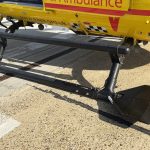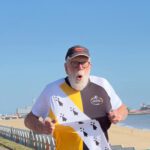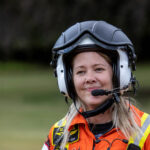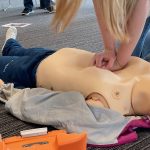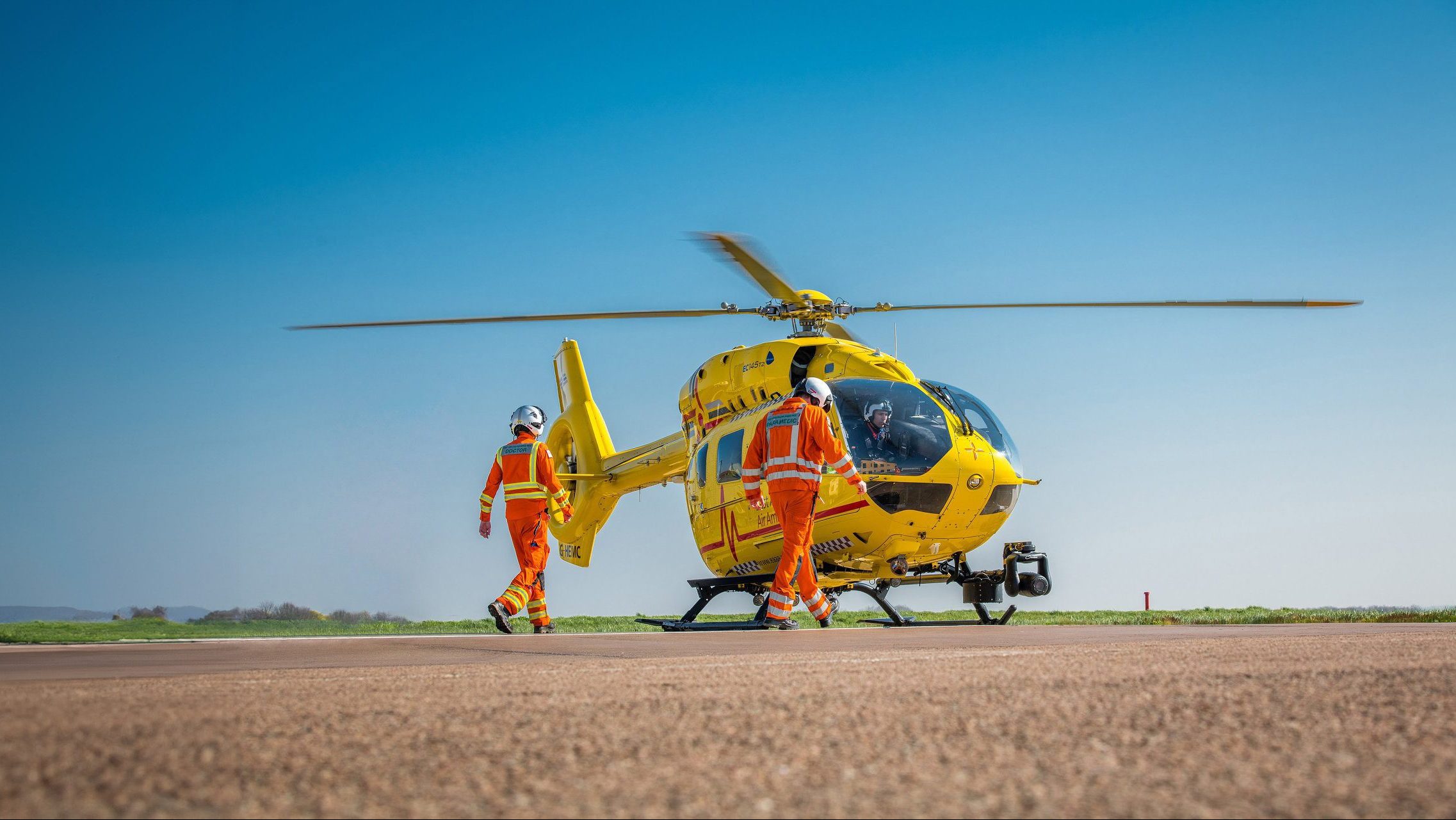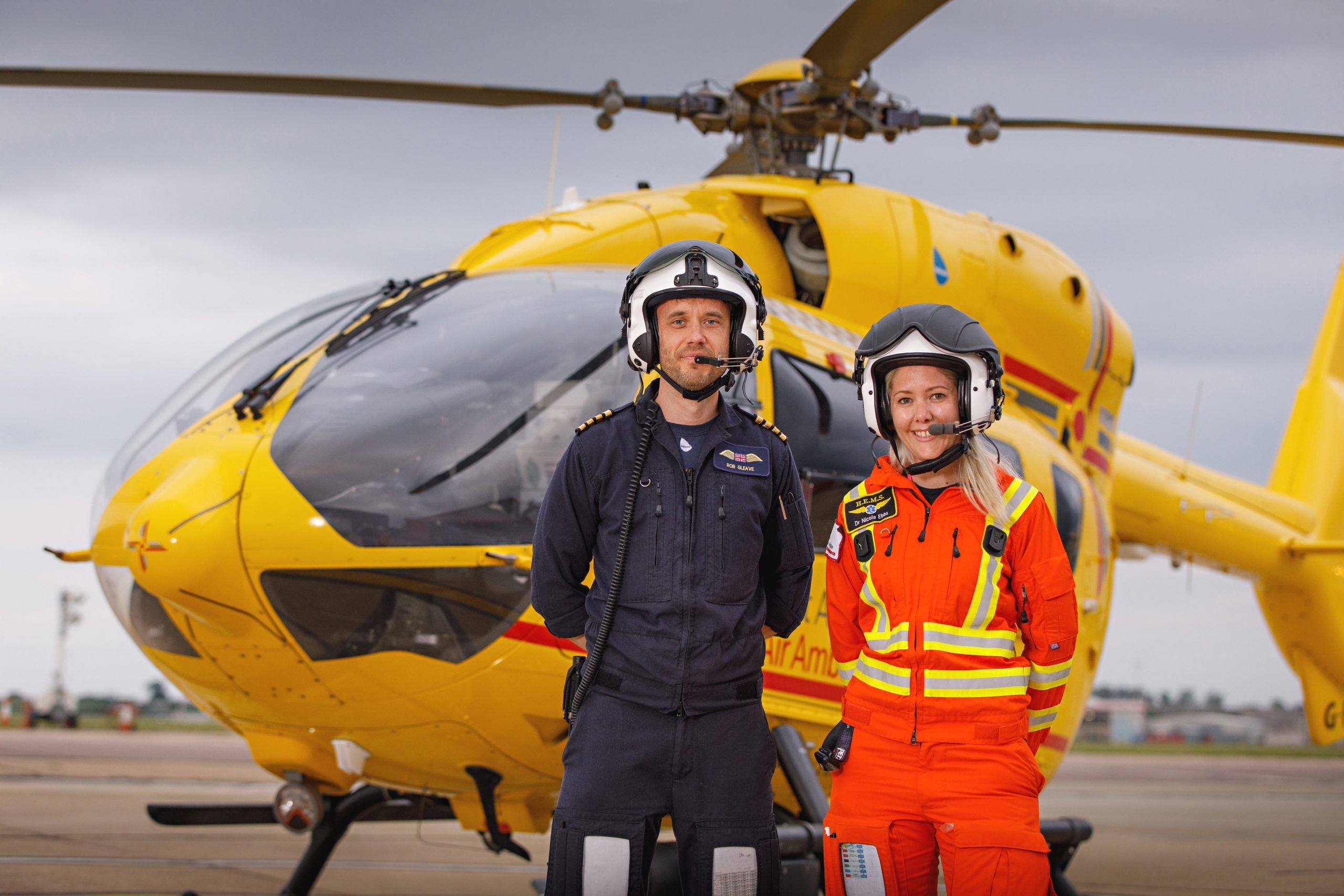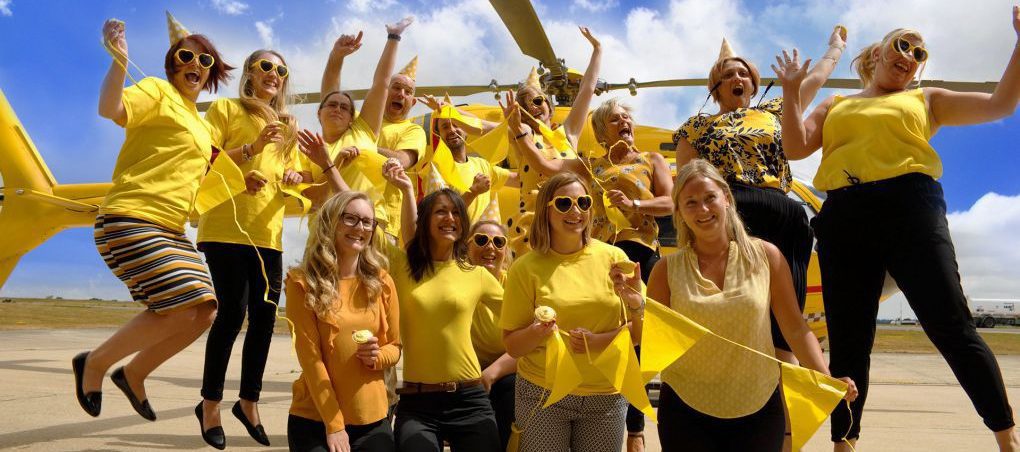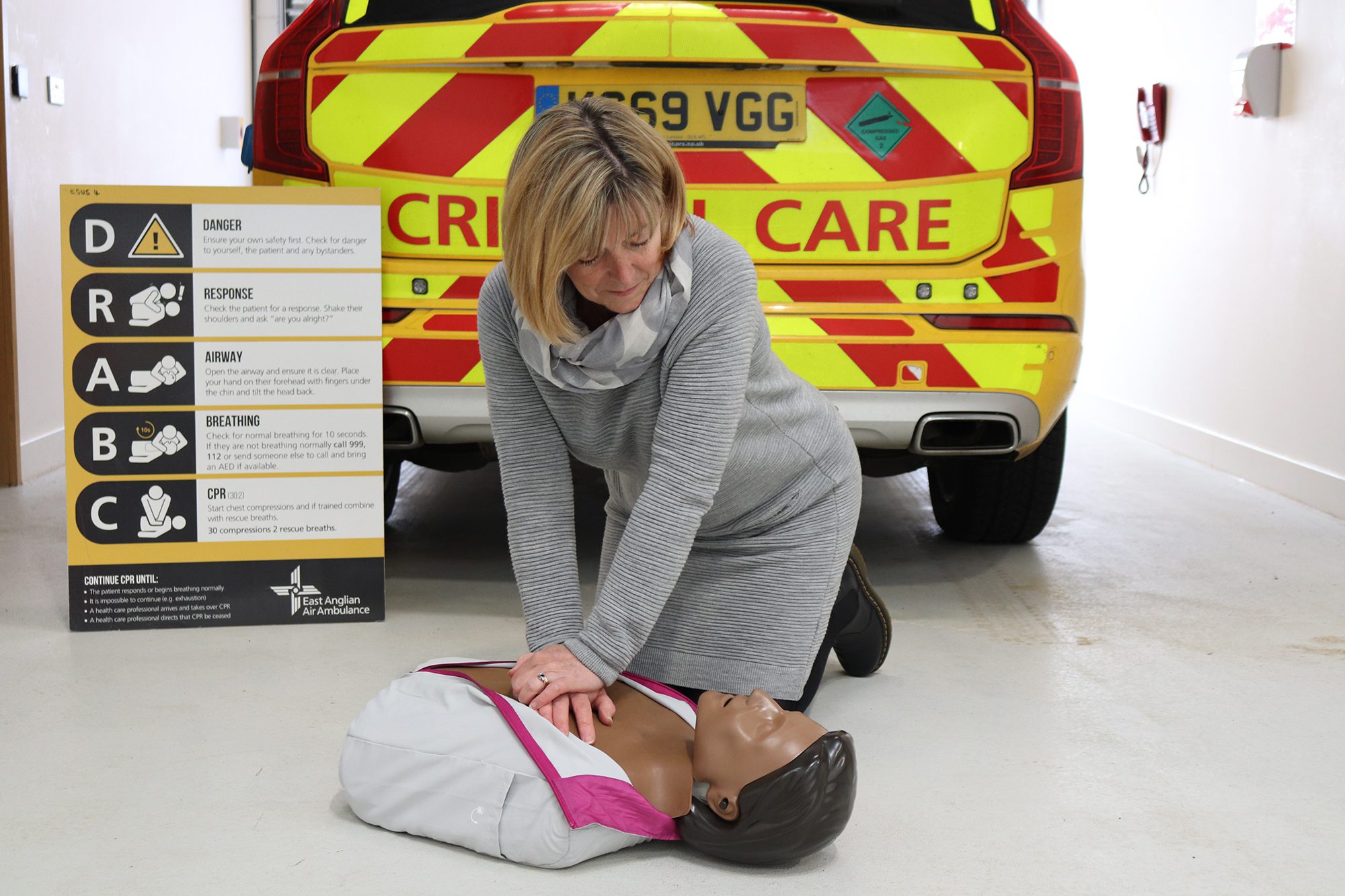5 Mar 2024
Helicopter Safety
The EAAA H145 helicopters fly all over the region. It's not unusual for you to see them land on playing fields, beaches or farmland as the crew aim to reach people who are experiencing medical emergencies in the fastest time possible. Seeing a helicopter can be an exciting sight for onlookers - but it's essential that you stay safe. We've put together some information about helicopter safety so if you see Anglia One (Norwich) and Anglia Two (Cambridge) as they travel across Bedfordshire, Cambridgeshire, Norfolk and Suffolk, you can do so without risk to yourself.
The EAAA H145 helicopters fly all over the region. It’s not unusual for you to see them land on playing fields, beaches or farmland as the crew aim to reach people who are experiencing medical emergencies in the fastest time possible. Seeing a helicopter can be an exciting sight for onlookers – but it’s essential that you stay safe. We’ve put together some information about helicopter safety so if you see Anglia One (Norwich) and Anglia Two (Cambridge) as they travel across Bedfordshire, Cambridgeshire, Norfolk and Suffolk, you can do so without risk to yourself.
Reaching a person in need, quickly
Pilots will identify potential landing sites near a patient and perform an airborne assessment to ensure it is safe to land. Unless attending a specific event, if you see the EAAA helicopter, it is almost certainly responding to a patient in need. If you see the aircraft circling around your location and you’re in an open area of land, please move to edge. Dogs should also be placed on leads.
Don’t downplay the downwash
As helicopters take-off and land, the downwash from the rotors is extremely powerful. Not only is it strong enough to cause somebody to fall, but it creates a lot of noise, as well as throwing dust and debris into the air. Stay a minimum of 30 metres away, that’s around the length of three double decker buses.
Rotor safety
Never approach a helicopter when engines are running and rotor blades are turning. While EAAA doctors and critical care paramedics are attending a patient, pilots will sometimes be able to say hello while they await further instruction, but it is essential that you do not approach until the helicopter is completely powered down. Please do not touch the aircraft, and be mindful that the crew may need to act quickly – so follow the crew’s instructions for their departure.
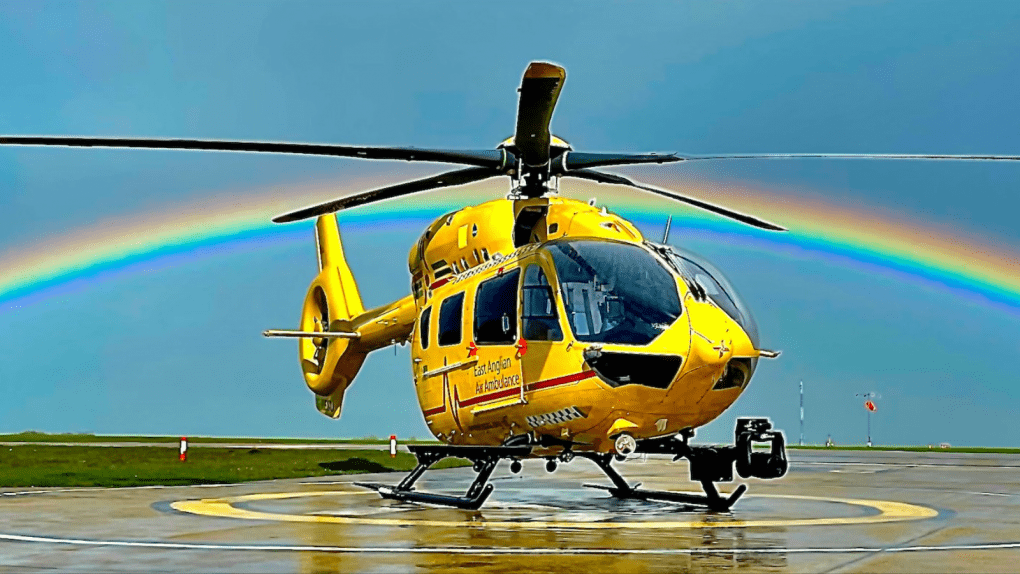
Being respectful
If you see Anglia One or Anglia Two near you, it likely means that somebody is critically injured or unwell, and a family’s day has been turned upside down. A patient may be brought to the aircraft for a flight to hospital. Please give the crew plenty of space and respect the dignity of the patient and their family by not taking photos or video while we place them on the helicopter.
Change of plan
On departure, it’s advisable to stay out of the landing site until the helicopter is completely out of view. Occasionally there could be a change of plan, which means the helicopter may need to return to the area.
You keep us flying
It’s your support that keeps us in the air – so thank you for all you do to keep yourselves and others safe. We are proud to serve your community.
